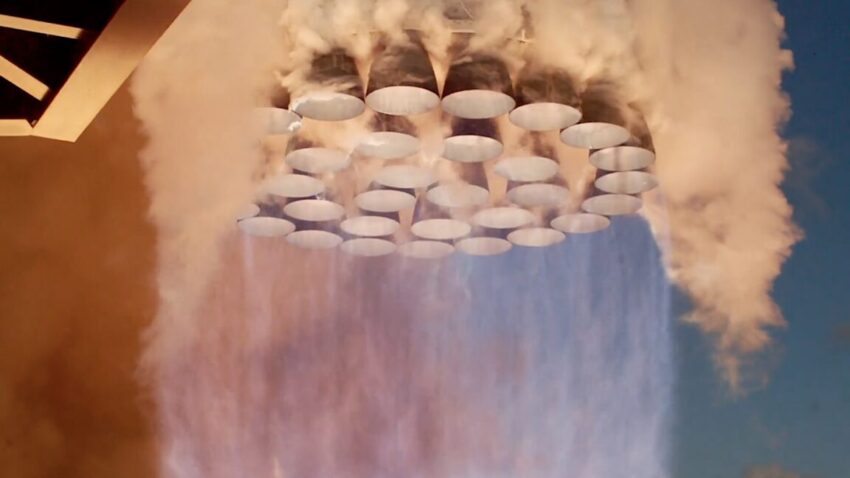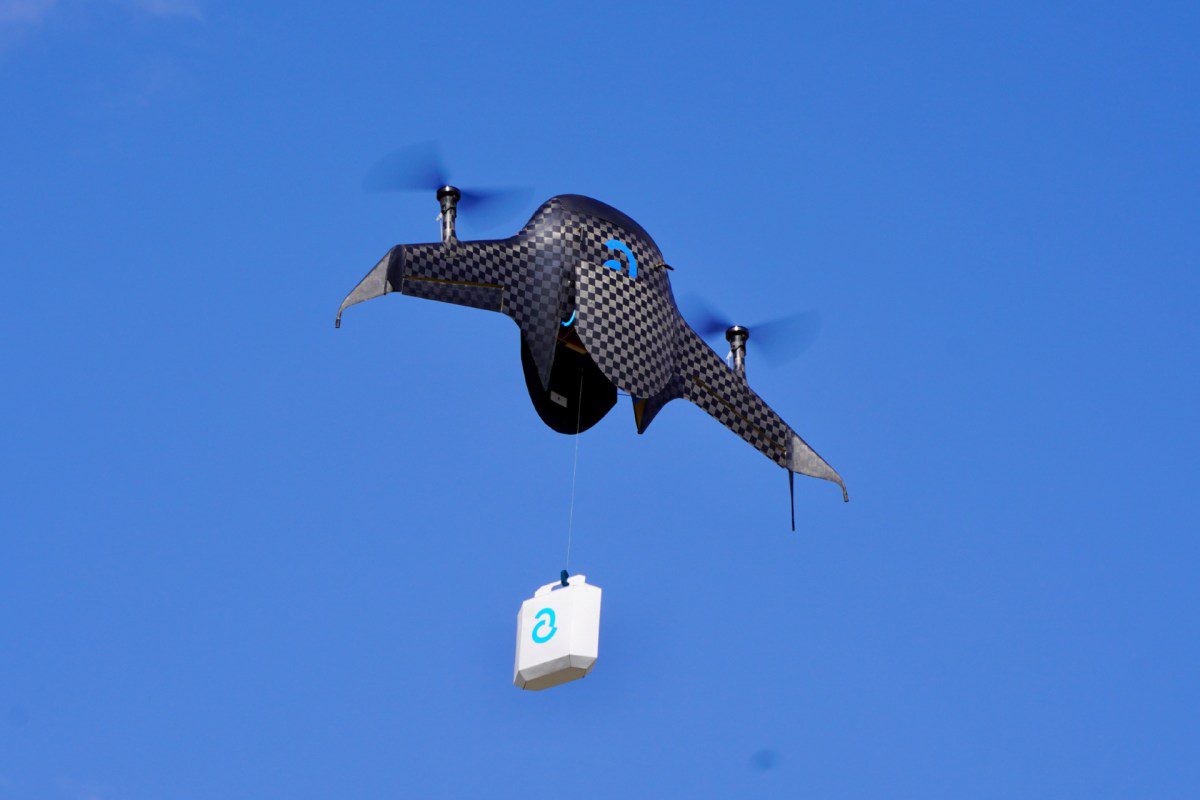
spacex finally got exactly what it needed SpaceX has marked a significant milestone in its Starship program with a near-perfect test flight that showcased the rocket’s capabilities and potential for future missions.
spacex finally got exactly what it needed
Overview of the Test Flight
On Monday, SpaceX successfully executed a test flight of its Starship V2, which has been a focal point of the company’s ambitious plans for space exploration. The flight took off from SpaceX’s test site in Starbase, Texas, at 6:23 PM CDT (7:23 PM EDT; 23:23 UTC), demonstrating the rocket’s advanced engineering and operational readiness. The Starship V2, powered by 33 methane-fueled Raptor engines, generated an impressive 16.7 million pounds of thrust, making it the most powerful rocket ever built.
Launch Details
The launch was a culmination of extensive testing and development efforts that have characterized the Starship program over the past few years. The rocket, standing at 404 feet (123.1 meters), began its vertical ascent shortly after liftoff, marking a significant achievement for SpaceX. The flight plan was executed with precision, showcasing the advancements made in rocket technology and flight operations.
Flight Path and Objectives
The mission’s trajectory took the Starship V2 halfway around the globe, culminating in a splashdown in the Indian Ocean. This flight path was designed to test various aspects of the rocket’s performance, including its ability to handle long-duration flights and its re-entry capabilities. The successful execution of this flight plan is a testament to the rigorous testing protocols that SpaceX has implemented to ensure the reliability and safety of its spacecraft.
Significance of the Flight
This test flight is arguably one of the most successful in the history of the Starship program. It stands out not only for its technical achievements but also for the lessons learned from previous flights. The only other flight that could be considered comparable occurred exactly one year prior, when SpaceX managed to catch the Super Heavy booster back at the launch pad after reaching the uppermost fringes of the atmosphere. However, that flight did not achieve the same level of success in space operations.
Lessons from Previous Flights
The Starship program has faced numerous challenges and setbacks since its inception. Early test flights were marred by failures, including explosive landings and technical malfunctions. Each of these incidents provided valuable data that SpaceX used to refine its designs and improve its operational protocols. The successful test flight of Starship V2 indicates that the company has effectively addressed many of the issues that plagued earlier missions.
Technical Advancements
The advancements in technology that have led to the success of Starship V2 are noteworthy. The Raptor engines, which utilize methane as fuel, represent a significant shift in rocket propulsion technology. Methane is not only more efficient than traditional rocket fuels, but it also has the potential to be produced on Mars, aligning with SpaceX’s long-term goal of enabling human colonization of the Red Planet.
Engine Performance
The performance of the 33 Raptor engines during the recent test flight was a highlight. The engines demonstrated remarkable reliability and power, contributing to the rocket’s ability to achieve its flight objectives. The successful ignition and sustained thrust of these engines are critical for future missions, including potential crewed flights to the Moon and Mars.
Future Implications
The implications of this successful test flight extend beyond the immediate success of the Starship program. SpaceX’s advancements in rocket technology could have far-reaching effects on the future of space exploration and commercial spaceflight. With the ability to launch heavy payloads into orbit and beyond, Starship V2 could facilitate a new era of scientific research, satellite deployment, and even interplanetary travel.
Commercial Opportunities
As SpaceX continues to refine its Starship technology, the potential for commercial applications becomes increasingly apparent. The ability to transport large payloads to space could attract interest from various sectors, including telecommunications, Earth observation, and scientific research. Companies and governments may look to leverage SpaceX’s capabilities for launching satellites, conducting experiments in microgravity, or even supporting lunar missions.
Stakeholder Reactions
The successful test flight has garnered positive reactions from various stakeholders in the aerospace industry. SpaceX’s investors, employees, and partners have expressed optimism about the future of the Starship program. Many industry experts view this achievement as a pivotal moment for SpaceX, solidifying its position as a leader in space technology.
Government and Regulatory Perspectives
Government agencies, including NASA, have also taken note of SpaceX’s advancements. The agency’s Artemis program, which aims to return humans to the Moon, relies on SpaceX’s Starship for lunar landings. The successful test flight enhances confidence in the program’s timeline and objectives, potentially accelerating plans for future missions.
Challenges Ahead
Despite the success of the recent test flight, challenges remain for SpaceX as it moves forward with the Starship program. Regulatory hurdles, technical refinements, and the need for continued testing will be critical as the company prepares for crewed missions. The Federal Aviation Administration (FAA) plays a significant role in overseeing commercial spaceflight operations, and SpaceX will need to navigate regulatory requirements as it seeks to expand its capabilities.
Continued Testing and Development
SpaceX has indicated that further testing will be necessary to validate the performance of Starship V2. This includes additional flight tests, simulations, and ground operations to ensure that all systems are functioning as intended. The company is committed to a rigorous testing schedule, which is essential for maintaining safety and reliability in future missions.
Conclusion
The recent test flight of SpaceX’s Starship V2 marks a significant achievement in the company’s ongoing efforts to revolutionize space travel. With its powerful engines and advanced technology, the rocket is poised to play a crucial role in future missions to the Moon, Mars, and beyond. As SpaceX continues to refine its designs and address challenges, the successful flight serves as a promising indicator of what lies ahead for the Starship program and the future of space exploration.
Source: Original report
Was this helpful?
Last Modified: October 14, 2025 at 1:37 pm
1 views















